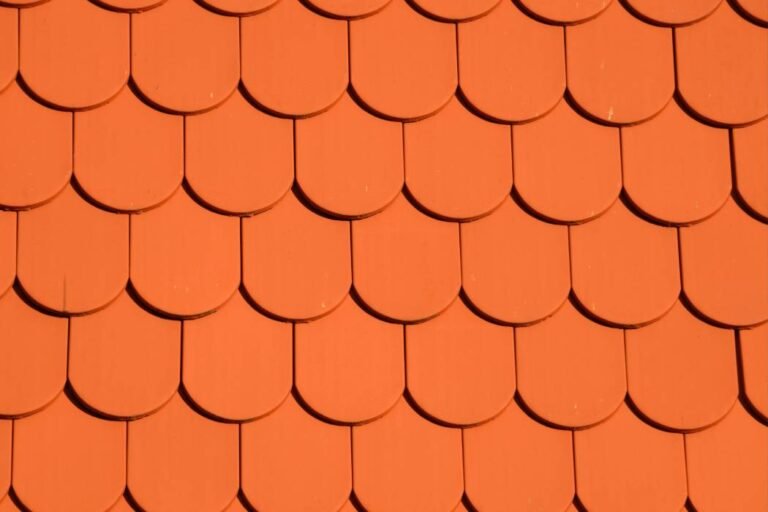When we think about keeping our homes in good shape, roof maintenance often comes to mind. However, something that doesn’t get enough attention is roof ventilation. Proper roof ventilation is crucial to keeping your house safe, comfortable, and energy-efficient. In this article, we will explore why roof ventilation is important and how it benefits your home.
What Is Roof Ventilation?
Roof ventilation is a system that allows air to flow through your attic or under your roof. It involves a balance between intake and exhaust vents. Intake vents bring fresh air into your attic, while exhaust vents push the warm air out. This process helps regulate the temperature in your attic and prevents moisture build-up, which can cause a range of problems in your home.
Why Is Roof Ventilation Important?
Proper roof ventilation protects your home in many ways, and understanding its importance can help you avoid costly repairs down the road. Here are the main reasons why roof ventilation is so important:
1. Prevents Moisture Buildup
One of the primary functions of roof ventilation is to control moisture in your attic. Moisture can come from daily activities like cooking, bathing, or even just breathing. If this moisture becomes trapped in the attic, it can lead to problems like mold, mildew, and wood rot. Over time, moisture damage can weaken the structure of your roof, leading to expensive repairs. Roof ventilation ensures that the attic stays dry, preventing these issues before they start.
2. Reduces Energy Costs
In the summer, a poorly ventilated attic can become extremely hot, reaching temperatures as high as 130 degrees Fahrenheit. This heat can seep into your living spaces, making your air conditioning work harder. Proper ventilation keeps the attic cooler, reducing the need for extra energy and lowering your cooling bills. During the winter, roof ventilation also helps by preventing heat from being trapped in the attic, which can lower heating costs.
3. Extends the Life of Your Roof
Your roof takes a beating from the weather year-round. In the summer, without proper ventilation, the heat in your attic can cause shingles to become brittle and crack. In the winter, heat trapped in the attic can cause ice dams, which form when snow melts and refreezes at the edges of your roof. These ice dams can lift shingles, allowing water to get under them and cause leaks. By keeping the attic temperature consistent, roof ventilation helps protect your roof from these problems, extending its lifespan.
4. Prevents Ice Dams
In colder climates, ice dams can be a major concern. Ice dams form when heat escapes from the attic, causing the snow on the roof to melt. The melted snow flows down to the colder edges of the roof, where it refreezes. As this process continues, ice builds up along the edges of the roof, blocking additional melting snow from draining properly. The backed-up water can then leak into your home, causing damage to your roof and interior. Proper ventilation helps prevent ice dams by keeping the attic cool and reducing the chances of snow melting unevenly.
5. Improves Indoor Comfort
Proper ventilation doesn’t just help your roof; it also makes your home more comfortable. Without ventilation, heat trapped in the attic can make the upper levels of your house feel much warmer in the summer. In the winter, a poorly ventilated attic can trap heat, making some rooms feel too hot while others stay too cold. With the right ventilation system, you can avoid these temperature swings and enjoy more consistent comfort throughout your home.
Common Roof Ventilation Problems
Many homes don’t have enough ventilation or have vents that are blocked or improperly installed. Here are some common ventilation mistakes that can cause issues in your home:
Insufficient ventilation: Not having enough vents means the attic can’t properly exchange air, leading to heat and moisture build-up.
Blocked vents: Sometimes vents get blocked by debris or insulation, stopping airflow.
Imbalanced ventilation: An imbalance between intake and exhaust vents can cause air to become trapped, preventing proper circulation.
These issues can lead to higher energy bills, moisture damage, and roof problems. That’s why it’s important to regularly check your ventilation system and make sure it’s working as it should.
How to Ensure Proper Roof Ventilation
If you’re concerned about whether your roof is properly ventilated, there are a few things you can do:
Inspect Your Attic: Check for signs of moisture, such as damp insulation, mold, or rusted nails. If your attic feels stuffy or hot on a warm day, it might not be ventilated properly.
Look for Ice Dams: In the winter, check your roof for thick ridges of ice at the eaves. Ice dams are a clear sign that your attic is too warm, and your ventilation needs improvement.
Touch the Ceiling: On a sunny day, if your ceiling feels hot to the touch, your attic might be acting like a solar oven. This is a sign that you need better ventilation.
Consult a Professional: It’s always a good idea to have a professional inspect your roof ventilation. They can help you figure out if your system needs to be updated and recommend the best solutions for your home.
Types of Roof Ventilation Systems
There are two main types of roof ventilation systems:
Active Ventilation: This system uses fans or other mechanical devices to move air through the attic. Active ventilation can be especially useful in larger homes or areas with extreme temperatures.
Passive Ventilation: This system relies on natural airflow to ventilate the attic. It typically uses a combination of intake and exhaust vents to create a steady flow of air without the need for mechanical devices.





